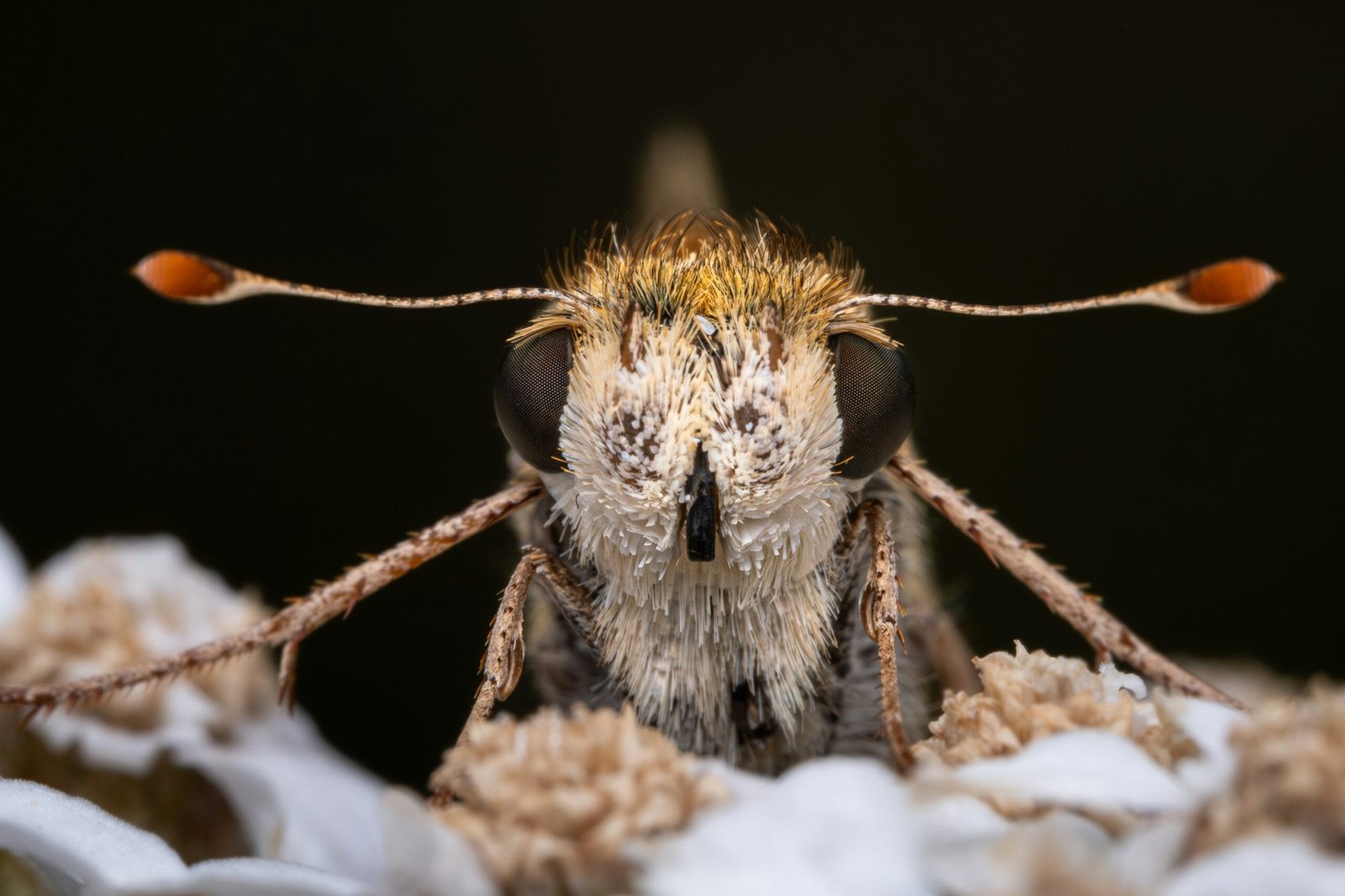Transform Your Garden with Lush Greenery and Beautiful Flowers
Discover the beauty and versatility of climbing hydrangeas (Hydrangea anomala subsp. petiolaris) in your garden. Learn about their unique growth habits, ideal planting conditions, and essential care tips to ensure lush greenery and stunning blooms year-round. Transform walls, trellises, and fences into vibrant garden features with these hardy, shade-loving climbers. Enhance your outdoor space with perennial beauty and seasonal interest from spring to winter.
Understanding Climbing Hydrangeas
Climbing hydrangeas, scientifically known as Hydrangea anomala subsp. petiolaris, are esteemed for their ornamental value and versatility in garden settings. Originating from the woodlands of Asia, these vigorous climbers are celebrated for their lush green foliage and stunning white flowers, which make a striking addition to any garden.

One of the key reasons for their popularity among gardeners is their unique growth habit. Unlike many other climbing plants, climbing hydrangeas have the ability to adhere to surfaces such as walls, trellises, and fences through small aerial rootlets. This makes them an excellent choice for creating a living wall or adding vertical interest to a garden space. Additionally, they can also sprawl over the ground if no vertical support is available, serving as an effective ground cover.
Please, read our post and do not forget to check our YouTube channel “Grig Stamate”:
https://www.youtube.com/@GrigStamate
You will find there thousands of designing, furnishing, and decorating ideas for your home interior and outdoors.
Allow me to mention one of them:
Beautiful English Garden Ideas | OUTDOOR DECOR & LANDSCAPING IDEAS #11 (video)
Climbing hydrangeas are well-suited to a variety of climates, demonstrating remarkable hardiness that allows them to thrive in USDA zones 4 through 8. They prefer partial to full shade, making them an ideal plant for areas where other sun-loving plants may struggle. Their perennial nature means that they return year after year, offering enduring beauty and lush greenery throughout the seasons.
The seasonal changes in climbing hydrangeas add further interest to their appeal. In spring, they burst forth with fresh green leaves, followed by clusters of fragrant white flowers in early summer. As the seasons progress, the foliage takes on a darker green hue, providing a dense backdrop for the garden. In autumn, the leaves may turn a golden yellow, adding a splash of color before they fall. Even in winter, the bark of older stems can offer visual interest with its peeling texture.
Overall, climbing hydrangeas is a robust and adaptable choice for gardeners looking to enhance their outdoor spaces with lush, perennial greenery and captivating blooms.
Preparing the Planting Site
To successfully grow climbing hydrangeas and transform your garden, it is crucial to start with the right planting site. Begin by selecting a location that offers partial to full shade, as climbing hydrangeas thrive best under these conditions. Ensure the soil in this area is well-drained to prevent root rot and other water-related issues.
Next, focus on soil preparation. Start by conducting a soil test to determine its pH level and nutrient composition. Climbing hydrangeas prefer slightly acidic to neutral soil, with a pH range of 6.0 to 7.0. If your soil is too acidic or alkaline, amend it accordingly by incorporating lime or sulfur. To improve soil structure and fertility, mix in organic matter such as compost, well-rotted manure, or peat moss. This not only enriches the soil but also enhances its drainage capabilities.
Proper spacing is essential for the healthy growth of climbing hydrangeas. Ensure there is adequate space for the plant to spread and climb. Generally, planting hydrangeas 3 to 5 feet apart is recommended. Additionally, provide a sturdy support structure like a wall, fence, or trellis to facilitate the hydrangea’s climbing habit. These structures help guide the plant as it grows and ensures it remains supported and secure.
Now, follow these step-by-step instructions to plant your climbing hydrangeas:
1. Dig a hole that is twice as wide and just as deep as the root ball of the hydrangea.
2. Gently remove the hydrangea from its container, being careful not to damage the roots.
3. Place the plant in the center of the hole, ensuring the top of the root ball is level with the surrounding soil.
4. Backfill the hole with the amended soil, pressing gently to eliminate air pockets.
5. Water the newly planted hydrangea thoroughly to help settle the soil and initiate root establishment.
6. Apply a 2-3 inch layer of mulch around the base of the plant to retain moisture, regulate soil temperature, and suppress weeds.
By carefully preparing the planting site and following these guidelines, you can ensure your climbing hydrangeas will flourish, adding lush greenery and stunning flowers to your garden.
Caring for Your Climbing Hydrangeas
Proper care is essential to ensure your climbing hydrangeas thrive and produce abundant blooms. One of the primary considerations is watering. These plants require consistent moisture, particularly during their growing season. Water your hydrangeas deeply once or twice a week, ensuring the soil remains evenly moist but not waterlogged. To avoid root rot, ensure the planting site offers good drainage.
Fertilization is another crucial aspect of climbing hydrangea care. Apply a balanced, slow-release fertilizer in the spring as new growth begins. A 10-10-10 fertilizer is generally suitable, providing equal parts nitrogen, phosphorus, and potassium. Follow up with a second application in mid-summer to support continued growth and flowering. Organic options, such as compost or well-rotted manure, are also beneficial, enriching the soil with essential nutrients.
Pruning climbing hydrangeas is necessary to promote healthy growth and maximize blooms. Perform maintenance pruning in late winter or early spring, removing any dead or damaged wood. For more extensive pruning, aim to shape the plant and control its size immediately after the blooming period in summer. Avoid heavy pruning, as it can reduce flowering the following year.
Climbing hydrangeas are generally hardy, but they can be susceptible to pests and diseases. Common issues include aphids, spider mites, and powdery mildew. Regularly inspect your plants for signs of infestation or disease. Aphids and spider mites can often be managed with a strong jet of water or insecticidal soap. For powdery mildew, improve air circulation around the plants by pruning and maintaining proper spacing. Fungicides can also be used as a preventive measure or treatment if necessary.
By adhering to these care guidelines, you can ensure your climbing hydrangeas remain healthy and vibrant, transforming your garden into a lush haven of greenery and beautiful flowers.
Enhancing Your Garden with Climbing Hydrangeas
Climbing hydrangeas offer a versatile and elegant way to elevate your garden design. Their ability to scale various structures makes them a dynamic addition to any outdoor space. Whether you have an arbor, pergola, or garden wall, these plants can transform common elements into stunning focal points. Imagine a pergola draped with lush green foliage and delicate, creamy white flowers, creating a natural, shaded retreat. Or picture a garden wall adorned with climbing hydrangeas, turning a bare surface into a vertical garden brimming with life and color.
Incorporating climbing hydrangeas into your garden design allows for creative companion planting. Pair these climbers with groundcover plants like hostas or ferns to create a layered, woodland effect. Alternatively, mix them with flowering perennials such as astilbes or daylilies to introduce a contrasting burst of color and texture. The key is to choose plants that thrive in similar conditions, ensuring a harmonious and sustainable garden ecosystem.
Climbing hydrangeas are not only a spring and summer spectacle but also offer year-round interest. In the fall, their foliage turns a vibrant yellow, adding a warm glow to your garden. During winter, the exfoliating bark of climbing hydrangeas provides an intriguing visual element, with its rich, reddish-brown hue standing out against the stark landscape. This seasonal versatility makes climbing hydrangeas a valuable asset, ensuring your garden remains attractive throughout the year.
To help you visualize the potential of climbing hydrangeas in your garden, consider browsing inspirational photos or design sketches. These can provide a clearer picture of how these plants can be integrated into your space, offering ideas for structure placement, companion planting, and seasonal displays. With thoughtful planning and creative execution, climbing hydrangeas can transform your garden into a lush, enchanting haven.
Other related posts from our website:
https://howtobuildahouseblog.com/the-benefits-of-planting-perennial-flowers-in-your-home-garden/
https://howtobuildahouseblog.com/everlasting-flowers-a-new-home-decorating-trend/
Thank you so much for your attention.
Stay tuned. We will upload many other amazing posts to our website and videos onto our YouTube channel.
Thank you so much.
for your time and attention.
Best Regards
See you to another post,
Bye, Bye


